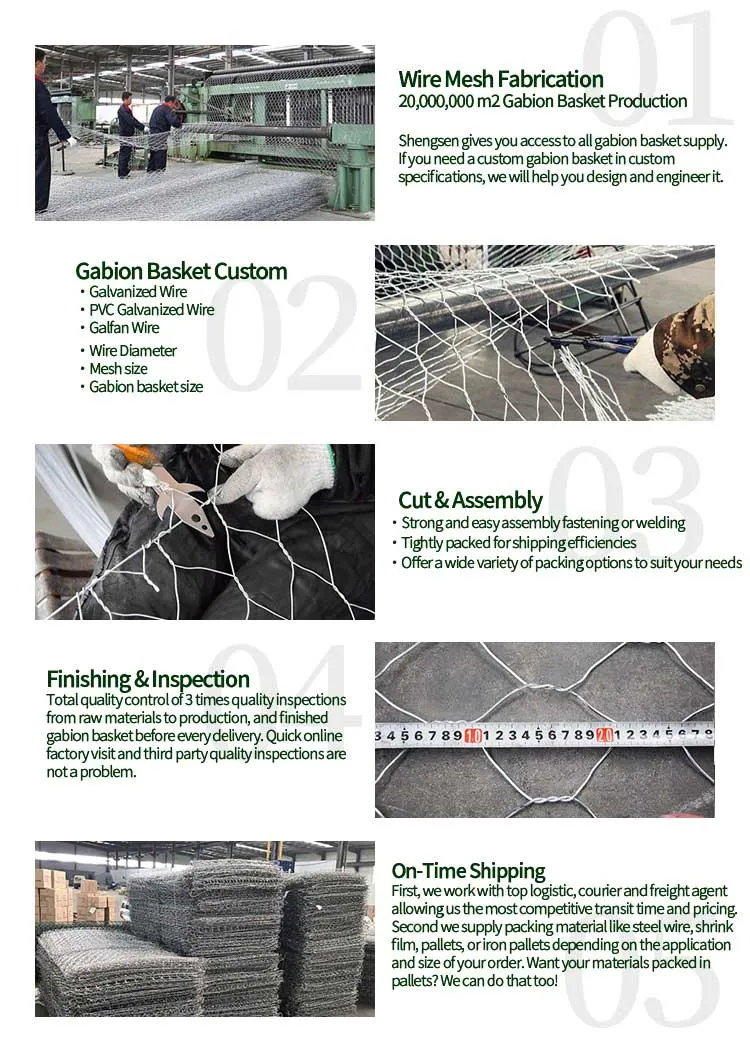-
 Phone:
Phone: -
 Email:
Email:

types of barbed wire
Understanding the Various Types of Barbed Wire
Barbed wire has been a pivotal invention since its creation in the late 19th century, primarily used in fencing to ensure security, define property lines, and manage livestock. Its unique design, featuring sharp points or barbs spaced at intervals along the wire, makes it an effective deterrent against intruders and animals. In this article, we will explore the different types of barbed wire, their uses, and the advantages they offer.
1. Standard Barbed Wire
The most common type of barbed wire is the standard barbed wire, which consists of two strands twisted together with evenly spaced barbs. Typically, the barbs are located about five inches apart. This type of barbed wire is used extensively in agricultural settings for fencing fields and securing livestock. Its design allows for effective containment while being cost-efficient and relatively easy to install.
2. High Tensile Barbed Wire
High tensile barbed wire is made from steel that is drawn to a higher tensile strength than standard wire. This means it can withstand greater tension without breaking or sagging, making it ideal for long stretches of fencing and areas where the terrain is rugged or undulating. High tensile barbed wire is less prone to rust, thanks to the galvanization process that often accompanies its manufacture. This means it can last longer in outdoor environments, providing durability alongside its security features.
3
. Barbed Wire Fencing with Variable BarbsSome barbed wire varieties have variable barbs, meaning that the spacing and size of the barbs differ along the wire. This design can enhance security, as the irregular spacing makes it more difficult for intruders to predict how to navigate the fence. Such variable barb designs can also deter animals more effectively, as they may become entangled with the unevenly spaced barbs. This type of wire is often utilized in high-security applications, such as military installations and correctional facilities.
types of barbed wire

4. Electric Barbed Wire
Electric barbed wire combines the deterrent nature of barbed wire with electric shocks to enhance its protective capabilities. It typically consists of a standard barbed wire fence with electrified strands. This setup adds an extra layer of security, as the electricity creates a strong deterrent for both intruders and wild animals. Electric barbed wire is frequently used in high-security environments, such as prisons, military bases, and sensitive wildlife reserves, where safety is paramount.
5. Razor Wire
Razor wire is another type that shares some characteristics with barbed wire, but it is generally more dangerous. Instead of the simple barbs found on standard wire, razor wire features sharp, flat blades that give it a more menacing appearance. It is designed to create a more formidable barrier, often used in military facilities or as a deterrent in correctional institutions. The sharp edges of razor wire are much more difficult to navigate, making it a preferred choice for high-security applications.
6. Concertina Wire
Similar to razor wire, concertina wire is coiled and creates a series of overlapping loops. This design allows it to expand and contract, making it particularly useful for securing fortifications and creating temporary barriers. When stretched out, concertina wire can cover large areas while ensuring a high level of security. It is commonly deployed in military settings and during humanitarian crises to regulate access to certain zones.
Conclusion
Barbed wire comes in various designs, each serving specific purposes and offering distinct advantages. Whether it’s for protecting agricultural land, securing military bases, or managing livestock, the right type of barbed wire can make a significant difference in ensuring safety and security. Understanding these varieties helps individuals and organizations make informed decisions about their fencing needs, ensuring they effectively meet their requirements while considering durability, effectiveness, and cost. Whether you choose standard or high-tensile barbed wire, electric options, or even razor and concertina wire, a well-chosen fencing solution can provide peace of mind and protection for years to come.
-
Wire Mesh for Every Need: A Practical SolutionNewsJul.25,2025
-
Steel Fences: Durable, Secure, and Stylish OptionsNewsJul.25,2025
-
Roll Top Fencing: A Smart Solution for Safety and SecurityNewsJul.25,2025
-
Cattle Farm Fencing Solutions for Maximum SecurityNewsJul.25,2025
-
Affordable Iron Binding Wire SolutionsNewsJul.25,2025
-
Affordable Galvanized Wire SolutionsNewsJul.25,2025
-
Wire Hanger Recycling IdeasNewsJul.25,2025








